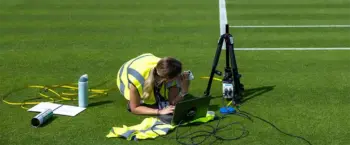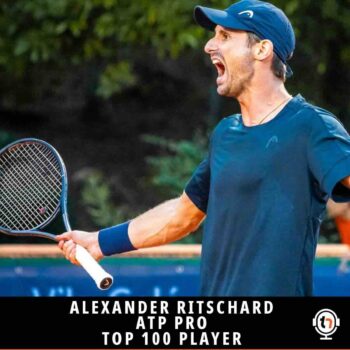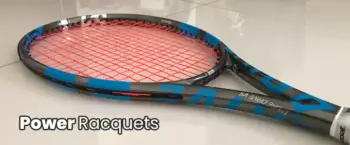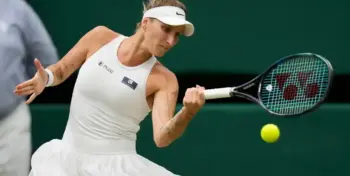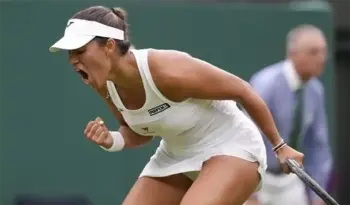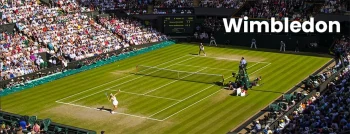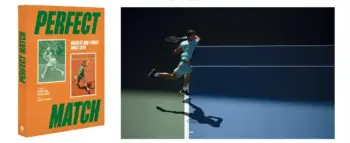In 2022, when Roger Federer announced his retirement and Rafael Nadal’s return to tennis was uncertain at best, we all could sense a deep void being formed in the tennis world. This generation of fans had savoured more than two decades of sporting brilliance from what we know as the big 4 of tennis. While Novak Djokovic was/is still dominant and had one of his best seasons in 2021 (later in 2023 as well), him and Andy Murray are also in the twilight of their careers.
However, unless you have been living under a rock for the last couple of years, you’d know that tennis is in safe hands. The talent, work ethic and all-round game of the new generation of players has earned our unwavering attention, despite the fact that tennis fans have been spoilt by the sheer dominance, year after year, of arguably the three greatest players in the open era, right from 2004.
At the forefront of this new wave has been the rise of a 21-year-old phenom from a small village named El Palmar in the Murcia region of Spain, whose road to stardom has been nothing short of spectacular. Carlos Alcaraz’s name was already etched in history when he became the youngest men’s world number 1 player ever in the history of tennis, when he won the US Open in September 2022 at just the age of 19 years!
Even though this was his first grand slam title, it was not the first time he had dazzled us with his endless repertoire of shots. He along with Jannik Sinner (current world number 1 and main rival) are tennis’ most exciting young talents who are likely to take over the men’s game in the next decade.
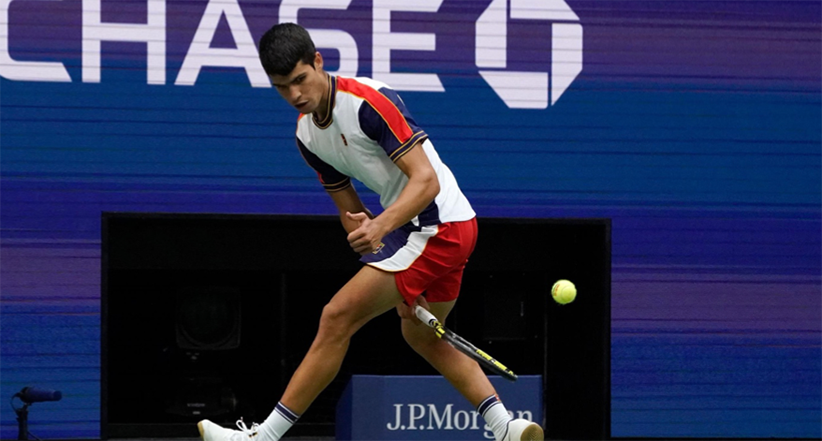
Alcaraz first burst onto the scene as an 18-year-old at the 2021 US Open when he beat Stefanos Tsitsipas in an entertaining 5-set 3rd round match at Arthur Ashe (see video here). He then went on to beat Peter Gojowczyk in the 4th round in another 5 setter, eventually retiring midway in the second set in the quarterfinals against Felix Auger Aliassime due to the physical toll of the previous two rounds. But at that moment, we knew we were witnessing something special.
The 2022 season was his breakthrough year. Winning his first Masters 1000 in Miami on hard courts and then announcing his arrival on clay by winning Rio (ATP 500), Barcelona (ATP 500) and Madrid (Masters 1000). In the Madrid Masters, he became the first player to beat Rafael Nadal and Novak Djokovic back-to-back in the same tournament on clay. He followed it up with a dominant win against Alexander Zverev in the final (6-3, 6-1) in an hour. He then made it to his first QF at Roland Garros, but surprisingly lost to Zverev in 4 sets.
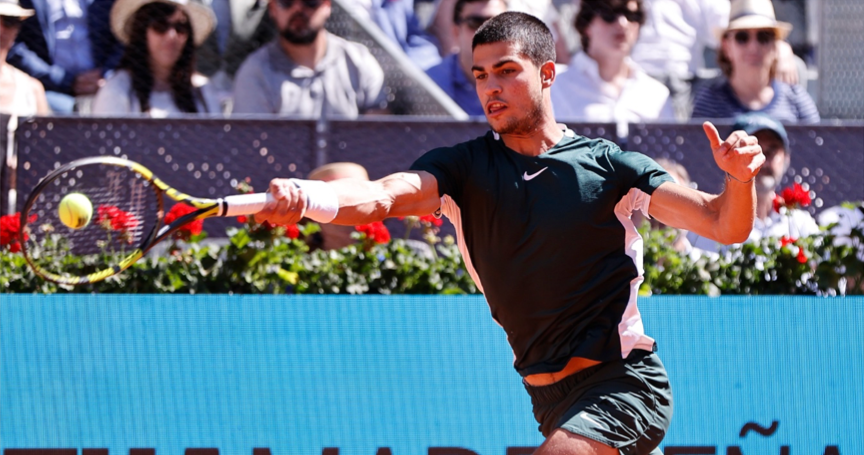
The highlight of the 2022 season was Alcaraz’s maiden slam win at the US Open when he showed both physical and mental strength to come out on top in three consecutive 5-set matches in the 4th round, quarterfinals and semi-finals against Marin Cilic, Jannik Sinner and Frances Tiafoe, respectively. The quarterfinal match against Sinner lasted 5 hrs, 15 min and is still one of the best ever matches played at any grand slam, where Alcaraz also saved a match point when Sinner was serving for the match at 5-4 in the 4th set. This match was a harbinger for the epic rivalry to come.
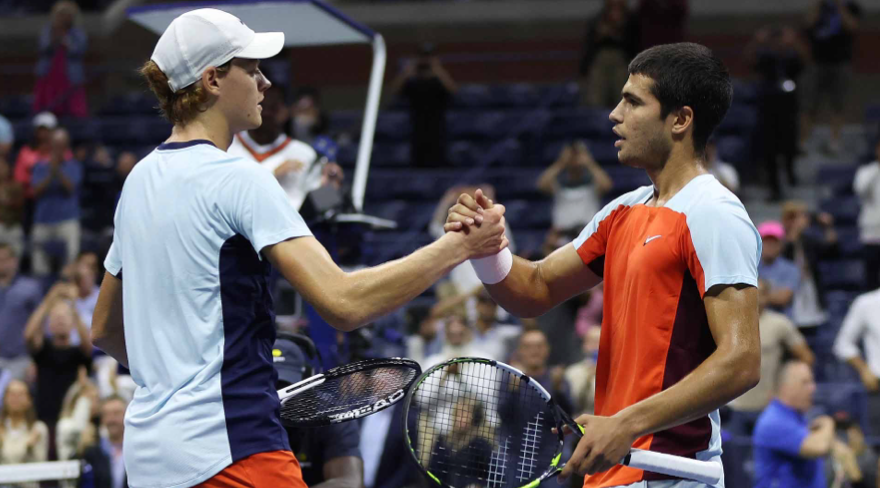
The 2023 season was probably Alcaraz’s best season in a short career so far. He started off the year by winning Indian Wells (Masters 1000), one of the biggest hard courts tournaments outside the grand slams. He also defended his titles in Barcelona and Spain on clay that year. Astonishingly, just at the age of 20, he entered Roland Garros 2023 as one of the favourites. This time he reached the semi-finals, relatively easily, and then played two of the best sets of the tournament against Djokovic in the semi-finals to make it 1-set all. However, the expectations and magnitude of that match was such, that nerves got the better of him and he got cramps at the start of the 3rd set. It diminished his physical ability from there on, winning only one game each in the next two sets and hence losing out in four sets.
By this time, Alcaraz had already established himself on two of the three surfaces. But then came the highlight of the year, when he found his A game on grass, which seemed like the final frontier. He had lost in the 4th round to Jannik Sinner in Wimbledon 2022, but in 2023 he looked like a more mature player. He won Queen’s (ATP 500) in his first appearance in 2023 and then went on to win Wimbledon, by defeating Djokovic in a marathon 5-set final, lasting 4 hrs, 42 min, snapping Djokovic’s 34-match winning streak at SW19.
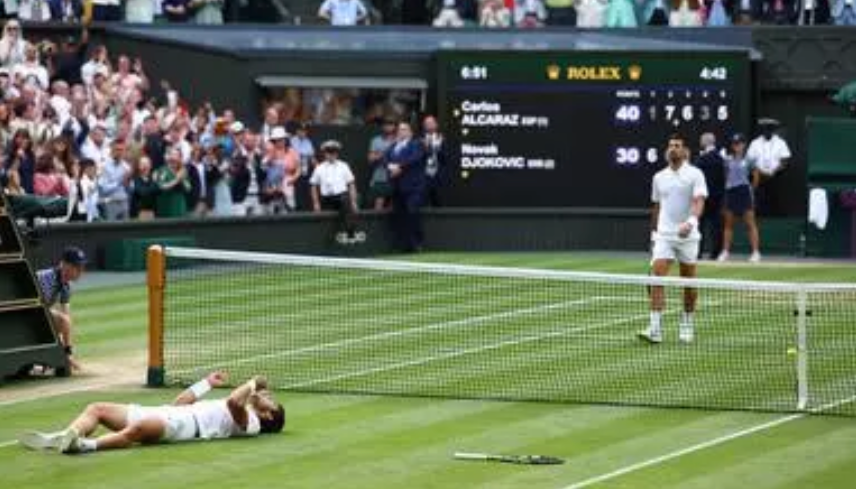
By winning Roland Garros in June 2024, Alcaraz has cemented his place as one of the all-time-greats at the age of 21 itself. This win has made him the youngest ever player to win slams of all 3 surfaces, beating his fellow Spaniard Rafael Nadal’s previous record by 19 months! He joined an elite list of only six other men in the open era to have achieved this feat – Jimmy Connors, Mats Wilander (his slam on grass was at the Australian Open before it shifted to hard in 1988), Andre Agassi, Roger Federer, Rafael Nadal, Novak Djokovic.
Please note that this milestone was only achievable from 1978 onwards when the US Open shifted from grass (after close to a century) to a brief run on clay to hard.
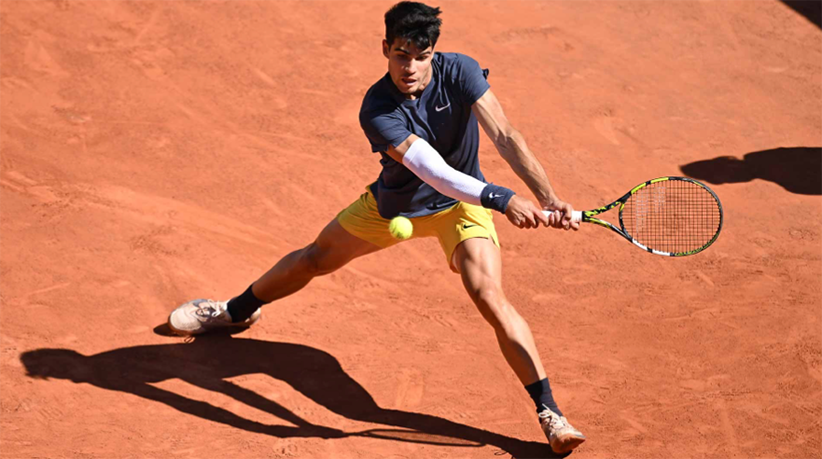
Alcaraz’s Game
So what makes Alcaraz’s game so effective on all surfaces? It is the combination of an aggressive game and the deft touch when needed. His endurance and stamina allow him to rally from the baseline on slower courts for hours, while still staying aggressive and finding great angles with the help of his foot speed. The power on the forehand is a sight to behold, throwing opponents back in a defensive position and then using the drop shot (one of the best in the game) with brilliant disguise, leaving the opponent scrambling to get to the ball. And he backs that up with unreal defensive skills, making the opponent play one extra shot.
Alcaraz grew up on the clay courts but made it a point to practice a lot on hard courts as well, as most of the important tournaments are played on the hard courts during the tennis season. Success has eluded past Spanish legends on surfaces other than the red dirt, till Rafael Nadal came along and won six slams on hard and two on grass. Prior to him, all six past Spanish grand slam champions in the open era only won slams on clay. Andres Gimeno, Albert Costa, Carlos Moya, Sergi Bruguera, Manuel Orantes (US Open 1975 on clay) and Juan Carlos Ferrero (Alcaraz’s current coach) – all of them could not fully translate their clay court game to other surfaces, especially to grass.
Alcaraz made an effort to adapt his game early on grass. From watching videos of Federer and Murray last year to then making the necessary tweaks to his game to adapt on the fast-paced surface, he’s done it all to make the transition from clay to hard and then to grass. On faster hard courts and on grass, his aggressive approach to move forward pays even more dividends, supported by his impeccable feel at the net.
His serve, an important shot especially on grass, has improved a lot in the last couple of years with added mph, and played a key role in his Wimbledon triumph last year. It is probably the only part of his game where the margin for improvement is still high.
Djokovic: “Carlos is a very complete player“
Djokovic’s words after the Wimbledon 2023 final, “I haven’t played a player like him ever, to be honest. Roger and Rafa have their own obvious strengths and weaknesses. Carlos is a very complete player. Amazing adapting capabilities that I think are a key for longevity and for a successful career on all surfaces.”
More pertinently, Alcaraz has achieved the above mentioned success while entertaining us like none other. Consistently making near impossible shots complemented by his lightning speed on court, it is not surprisingly that he is known as a human highlight reel. He smiles on court even when he is losing, maintaining his composure during tough moments in the match, a characteristic rarely seen at such a young age.
No wonder he has garnered millions of fans around the world already. Bringing extremely high intensity on court, he keeps the crowd dazzled with so much variety in his game. You’d probably never get bored watching him play.
What is Alcaraz Best Surface?
At the age of only 21 years, it might be premature to rate Alcaraz best surface, but his rise to the top of the men’s game has been such, that we still have sufficient data to analyse. There’s no doubt that Alcaraz is an all-surface player and the fact that we need to do a deep-dive into his performances on each surface to conclusively determine his best playing surface is a testament to that. I’ve tried to look at some of the important metrics on each surface to help us narrow down on this.
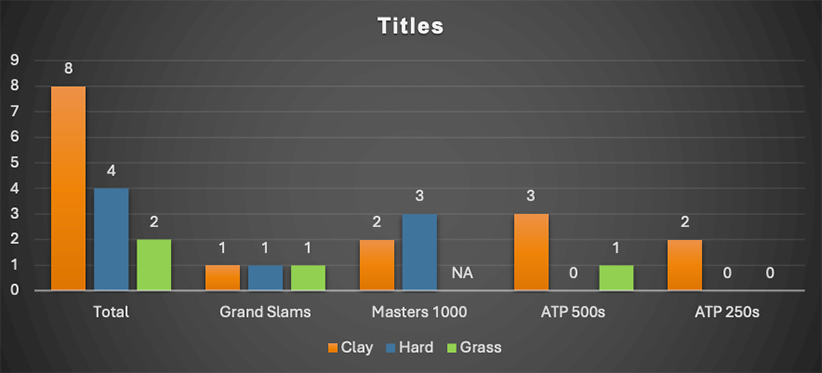
Going by the number of titles, clay seems to be his most dominant surface. However, we need to dig deeper.
While the number of grand slams won on each surface are the same, 5 out of the total 8 titles on clay have been ATP 500s/ATP 250s. He has won more Masters 1000s on the hard courts (3 vs 2). But again, more Masters 1000s are played on hard compared to clay (6 vs 3). Hence we could discount the hard court Masters 1000 by a factor of 1?2 which makes it 2 on clay vs 1.5 on hard.
He has won 2 titles on grass, one of them being Wimbledon in 2023. The grass season is short, only lasting three weeks, and no Masters 1000s are played on grass, hence making it incomparable to clay and hard courts on this parameter. Alcaraz has played only 5 tournaments on grass in total, winning 40% of them, which is an amazing record. However, the number of data points on grass are too less to infer anything conclusive.
Let’s look into his overall wins/losses, top 10 wins/losses and top 5 wins/losses on each surface.

Overall win% is comparable across surfaces. The highest win% on grass is also attributable to only 20 matches played. The breakup of match wins/losses is given below:
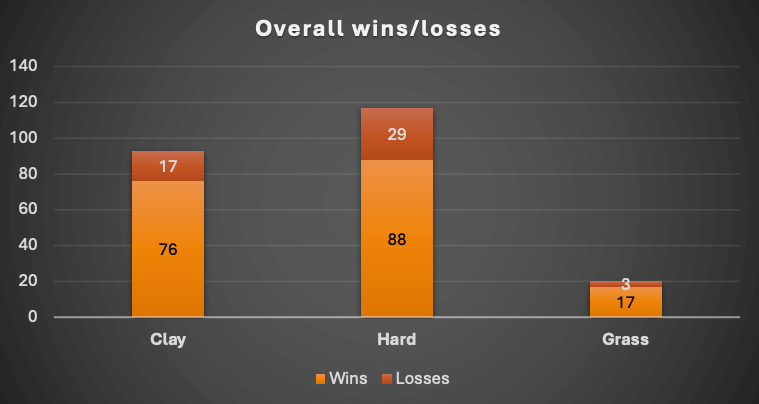
In terms of top 10 win% and top 5 win%, the win % on clay and grass are much higher than hard courts. Despite some surprise losses to lower ranked players, Alcaraz has usually looked more confident on the red dirt against top ranked players.
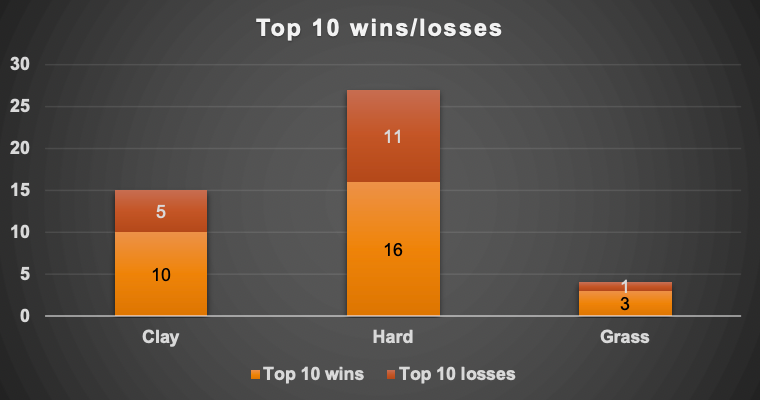
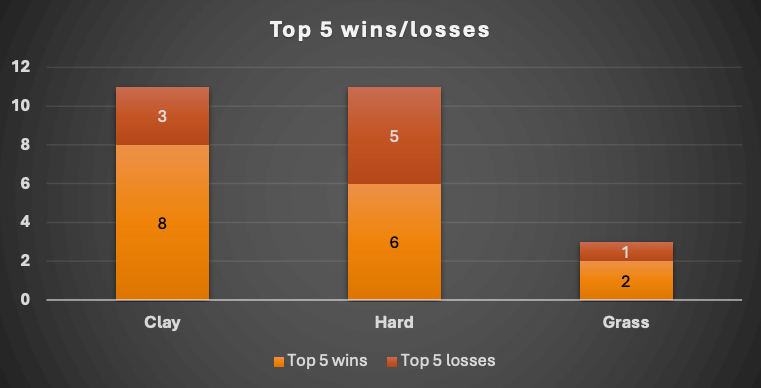
The performances at the most important tournaments on the tour – the Grand Slams, is also an important metric to which we need to give more weightage. While Alcaraz has reached a grand slam final on each surface and won each of them, the number of semi-final and quarter-final appearances on clay and hard court slams is superior to grass courts (though there is only 1 grass court slam) which shows the consistency on the former surfaces. And since there is only one clay slam in a year (French Open) compared to two hard court slams (Australian Open & US Open), the performances on clay can be rated even better.
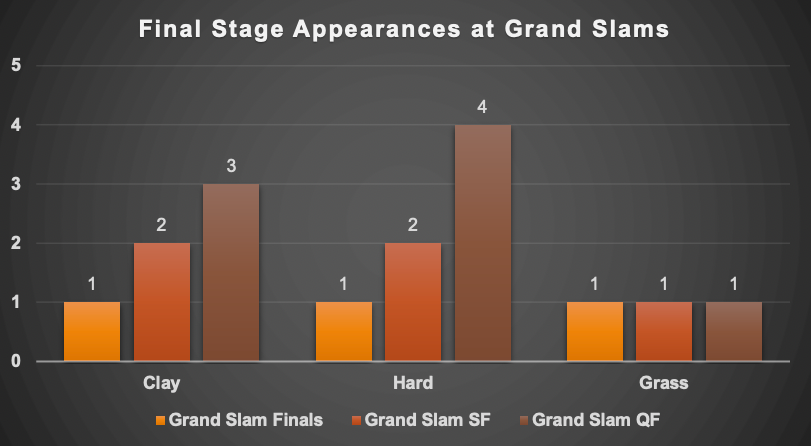
Source: ATPTour.com
While his performance during the grass court season of 2023 couldn’t get any better (winning both Queen’s and Wimbledon back-to-back), it has taken time to develop his game on the grass. But winning Wimbledon at age 20 in just your 3rd appearance by beating the 7-time champion who was vying for a 5th straight title is not too bad right?
Conclusion
To conclude, based on the analysis above, Clay seems to be the winner in terms of Alcaraz’s best surface at the moment, primarily due to the consistency across the most important tournaments as well as the dominance over stronger opponents. Though we can safely say that this rating is just slightly above hard courts. But the astonishing fact is that he has lost only 3 matches on grass till now and will go into Wimbledon 2024 as the defending champion!
With Novak Djokovic also at the twilight of his career, going forward, who’s to say grass might just turn out to be Alcaraz’ favourite hunting ground! (Jannik Sinner says ‘Hi’). For the near future, we look forward to seeing Alcaraz at the Wimbledon courts and of course at the Olympics where he’ll also play doubles together with Nadal in what should be an interesting pairing.
Rest assured, we have an exciting decade of tennis ahead!



